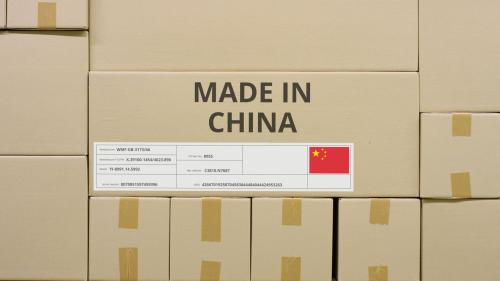The East Asian financial crisis is certain to leave its mark on America’s trade balance. The Organization for Economic Cooperation and Development projects that over the next two years the broadest measure of the U.S. trade deficit—the current account balance, which includes trade in goods and services, net factor incomes, and unilateral transfers—will grow by some $100 billion dollars. The deficit in goods trade alone will grow to exceed $300 billion. Such projections have been greeted with alarm, especially with last year’s current account deficit of $166 billion already approaching record levels. The growing trade deficits are likely to make it even harder for the Clinton administration to get “fast-track” authority to negotiate further trade liberalization. They could even increase protectionist pressures within the United States.
But the conviction that large trade deficits must be a problem merits a closer look. Efforts to lower the trade deficit by erecting new barriers to the U.S. market could in fact be disastrous. Both the world and the United States could be much better off if the deficit is allowed to grow.
The Brookings Institution is committed to quality, independence, and impact.
We are supported by a diverse array of funders. In line with our values and policies, each Brookings publication represents the sole views of its author(s).


Commentary
Blessing or Curse? The East Asian Crisis and America’s Trade Deficit
June 1, 1998